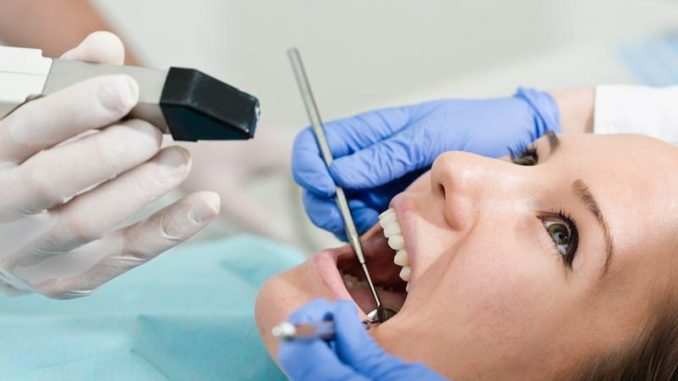
You are on a dinner date and, by mistake, you tip the wine glass far back and nick one of the incisors. Or, you were walking down the hall and slipped cracking your front teeth.
However it happened, what you have is a chipped tooth.
When this occurs, don’t panic. A visit to your dentist for broken tooth repair should fix this mishap right away.
Don’t wait too long as this will make you feel self-conscious. Also, the sensitive tooth can make it difficult for you to take hot or cold food and drinks.
In this article, we give you 3 of the best dental repair techniques and explain the steps involved in each technique. Read on!
Professional Chipped Tooth Repair
There are three treatment options for a cracked tooth and they all depend on the severity of the damage. Let’s take a closer look at all three.
Veneers
If you chip one or two incisors, the dentist will repair the chip using partial porcelain veneers. These are tiny restoration covers used to fill the chip and protect the tooth from damage. They produce a smooth natural look after application.
In this process, 3D printing and fine porcelain materials create the veneer.
Dentists prefer the best veneers because they have a longer lifespan (10 years+). They are also resistant to staining.
In a 2012 study, researchers proved that the survival rate is 20 years. To ensure the long lifespan, avoid touching your teeth and grinding.
Dental bonding
This is a dental procedure where the mold of a composite material is fitted over the tooth to correct the chip. Here is how the dentist will proceed.
First, he will roughen up the enamel of the chipped tooth with a gel. Second, he will shape the composite to create a natural looking piece. Third, the dentist will apply an adhesive material followed by the tooth-colored composite.
He will then use ultraviolet light to harden the material.
Based on research, dental bonding can last for more than 10 years with good oral hygiene. This procedure is ideal for correcting small chips.
Dental Crowns
These are porcelain covers designed to shield the entire tooth from further damage. Unlike a veneer that covers the incisors only, crowns are ideal for repairing the loss of a large part of a tooth.
The materials of choice include:
- Zirconia
- Porcelain fused to zirconia
- Metal such as gold allow
- Ceramic
- Porcelain fused to metal (PFM)
If large areas of the tooth are missing, a foundation is needed. The dentist will start with tooth filing. This creates room for the crown.
For an all-metal crown, the dentist will remove small parts of the tooth. The reason for this is that all metal crowns are thinner.
A piece of thread is used to push the gum away. The next procedure is to make an impression of your tooth before fabrication begins. A temporary crown is left in place and later replaced with a permanent crown.
After Broken Tooth Repair, What Next?
Good oral hygiene is the next step after broken tooth repair. It is advisable to brush your teeth after every meal, and floss once a day.
Use a fluoride toothpaste as this will get rid of bacteria and food debris. Avoid biting down on hard foods or touching the veneers, crowns, and bonding.
For more health tips, check out our blog.

Leave a Reply